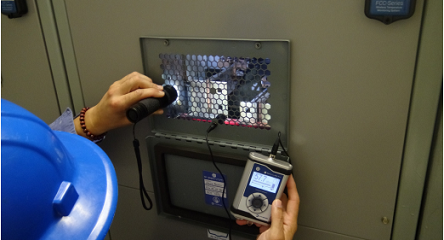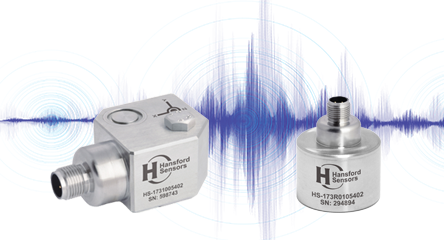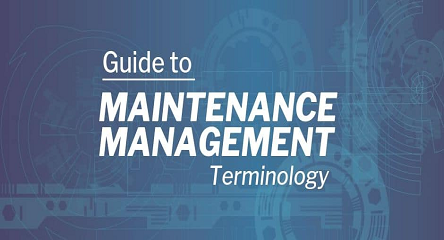When we talk about operational efficiency in the industry, reality still shows us many challenges to be overcome. Although much is said about Industry 4.0 and about systems and technologies that enable unprecedented precision in the production process, the fact is that many companies still do not even measure the efficiency of their production chain. It is not uncommon to come across
industries where the marking of records is done manually.
More than the risk of inaccuracy in the information, there is the risk of inaccuracies that can generate losses and delays in production. The simple fact that a worker does not understand the handwriting of the colleague who made the records in the previous shift or an operator who does not write down the precise moment (with minutes and seconds) when a machine was not working can already generate losses. This type of behavior, still very common, means that there is no clear parameter of efficiency in companies. And even worse: it opens loopholes for manipulation, whether in bad faith or human error. In addition to losses, the result is machines and equipment that do not work at their full productive potential. And this impacts, for example, on the return on investment (ROI), which takes longer to happen.
What is OEE: stands for Overall Equipment Effectiveness. It is an indicator used in TPM (Total Productive Maintenance) processes that measures the performance of machines and equipment used in the industry. This measurement is based on three factors:
• Availability: the useful time that the equipment must work and how long it remains idle, whether due to breakage, failure, need for adjustment or losses, is related to unscheduled stops.
• Performance: this is the efficiency demonstrated during operation, that is, the ability to produce on those equipment, considering small stops or drops in production speed, is related to the cycle time variation.
• Quality: the level of quality obtained by the production process in which that specific equipment participates, considering scrap (failed products) and rework.
The OEE indicator is measured in percentage. Ideally, therefore, its result should be equal to 100%, which would mean that there were no losses in any of the three dimensions analyzed. Due to the difficulty – not to say the impossibility – of reaching this result, the so-called World Class OEE was created, an index that can be used as a benchmark so that companies can compare their results. The World Class OEE stipulates the following minimum values: Availability = 90%, Performance = 95% and Quality = 99%. Together, the product of these
values results in an OEE indicator of 85%, which indicates that the industry is operating at high performance.
Managing OEE helps to reduce losses, whether due to machine downtime, lower-than-expected performance, or product losses. With this, it allows greater control over the productivity of the machines and provides important improvements in production and in the planning of companies, enabling the creation of strategies for the optimization of processes on the factory floor. Among its advantages, we highlight:
• Increase in manufacturing quality.
• Reduction of product defects.
• Reduction of rework.
• Understanding the impact of equipment on production.
• Identification of possible production problems.
• Identification of variations in production rates.
• Better use of machines and facilities.
Maintenance has increased its importance, assuming a prominent role in organizations, mainly for being responsible for the necessary effectiveness to the plants. As a result, Maintenance Processes and Methods have evolved a lot in recent years, advancing in different stages over the years: Corrective Maintenance, Planned Maintenance, Preventive Maintenance, Predictive Maintenance and, finally, arriving at Maintenance Engineering, referenced by Availability and Reduction of Losses and Waste.
In this development, Maintenance is no longer just a necessary evil and came to be considered as a vital function, either by increasing process compliance and operational reliability, as well as by reducing of the intrinsic costs of maintenance, reduction of waste, rational use of resources and many others.
Managing OEE as an indicator of Global Efficiency for the definition of the capacity of each equipment, system, process or plant and implementation of improvements, it was due to its qualities of being informative, easy to interpret, diversified use and capable of being supported by management tools and systems.
In particular, OEE is able to offer guidance on where the root cause is of a production problem, when it defines that production should be seen as a network of processes and operations. The OEE analysis makes it possible to define which measures and investments the operation must take to reach the production capacity necessary for the compliance with the company’s Sales Plan.





